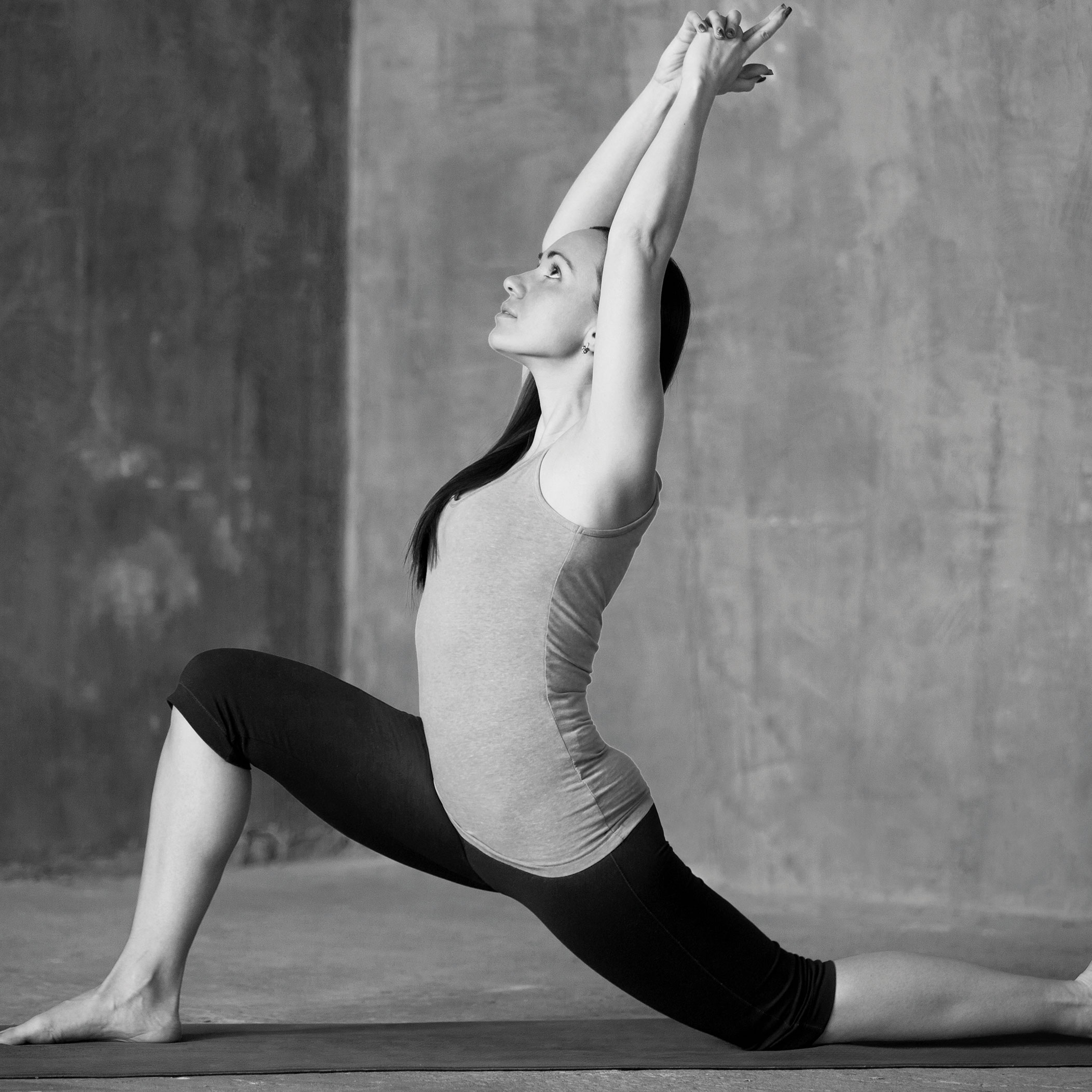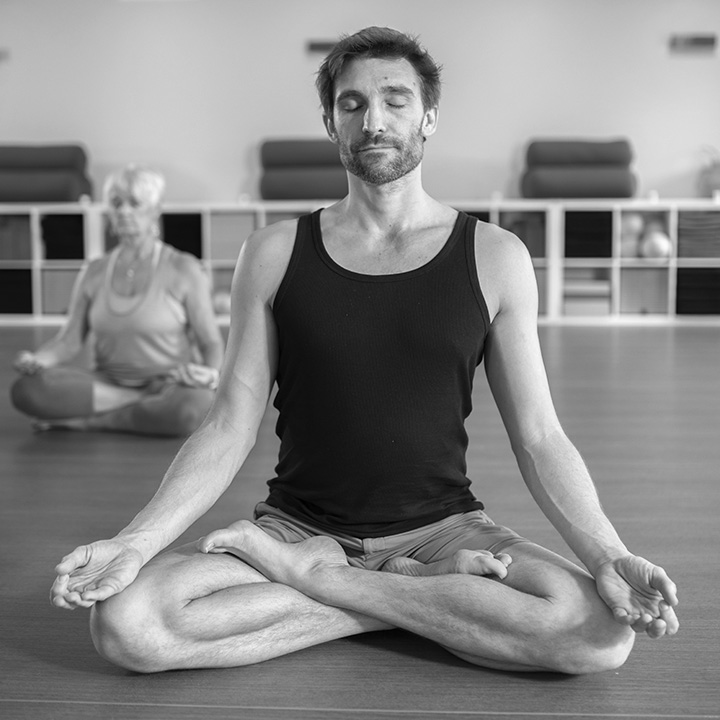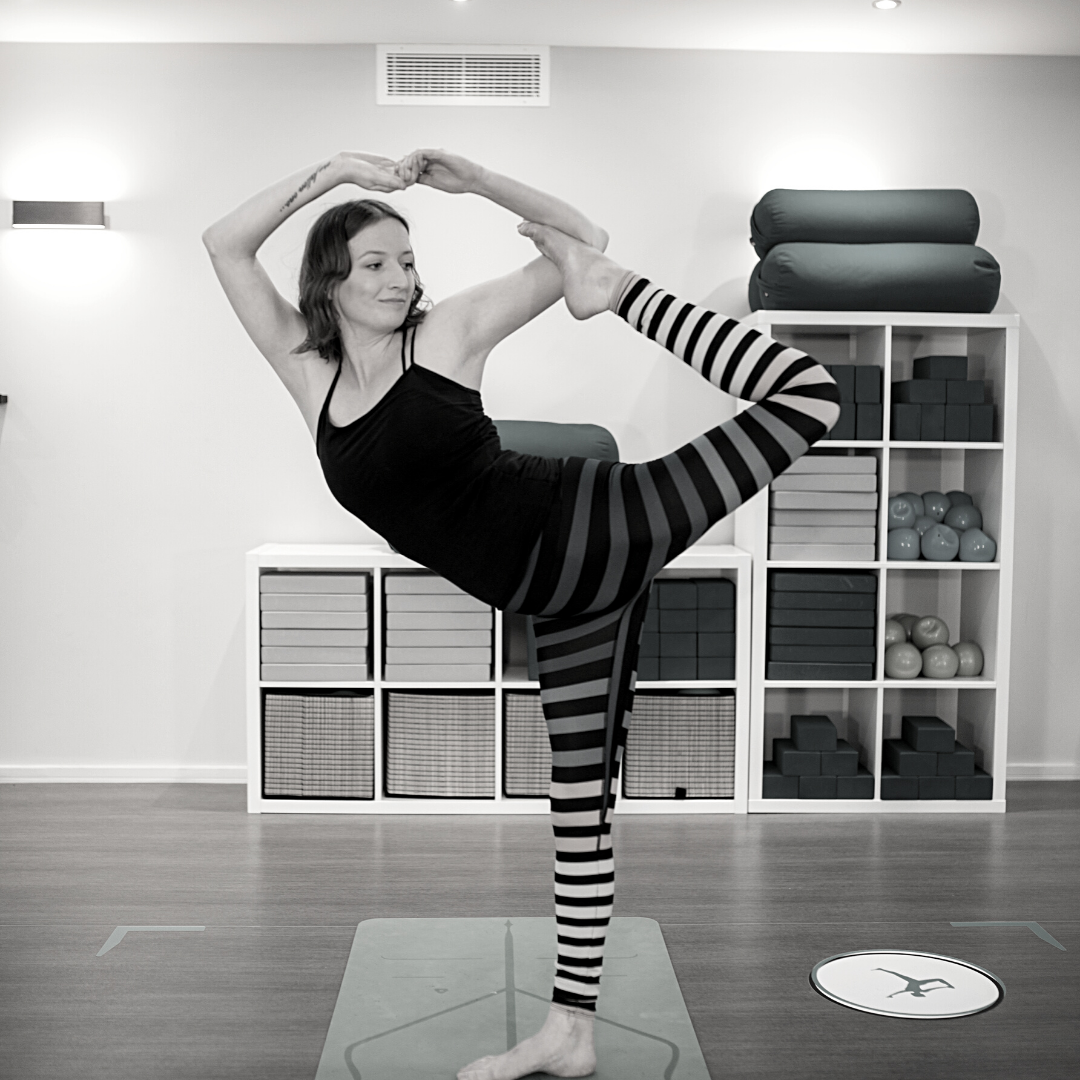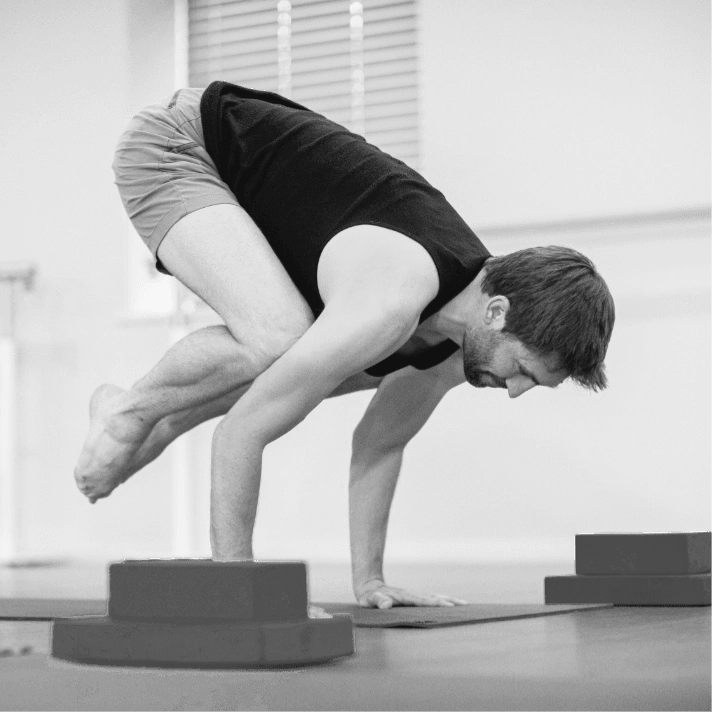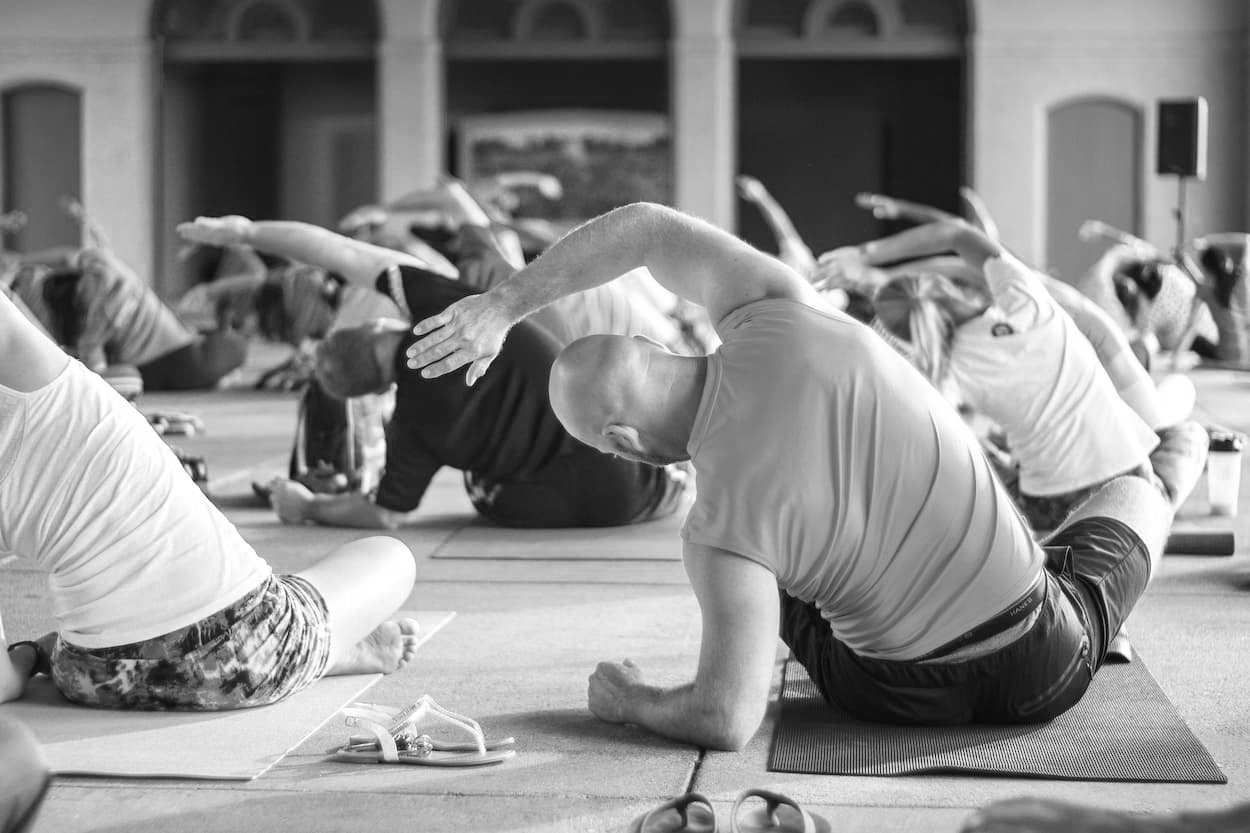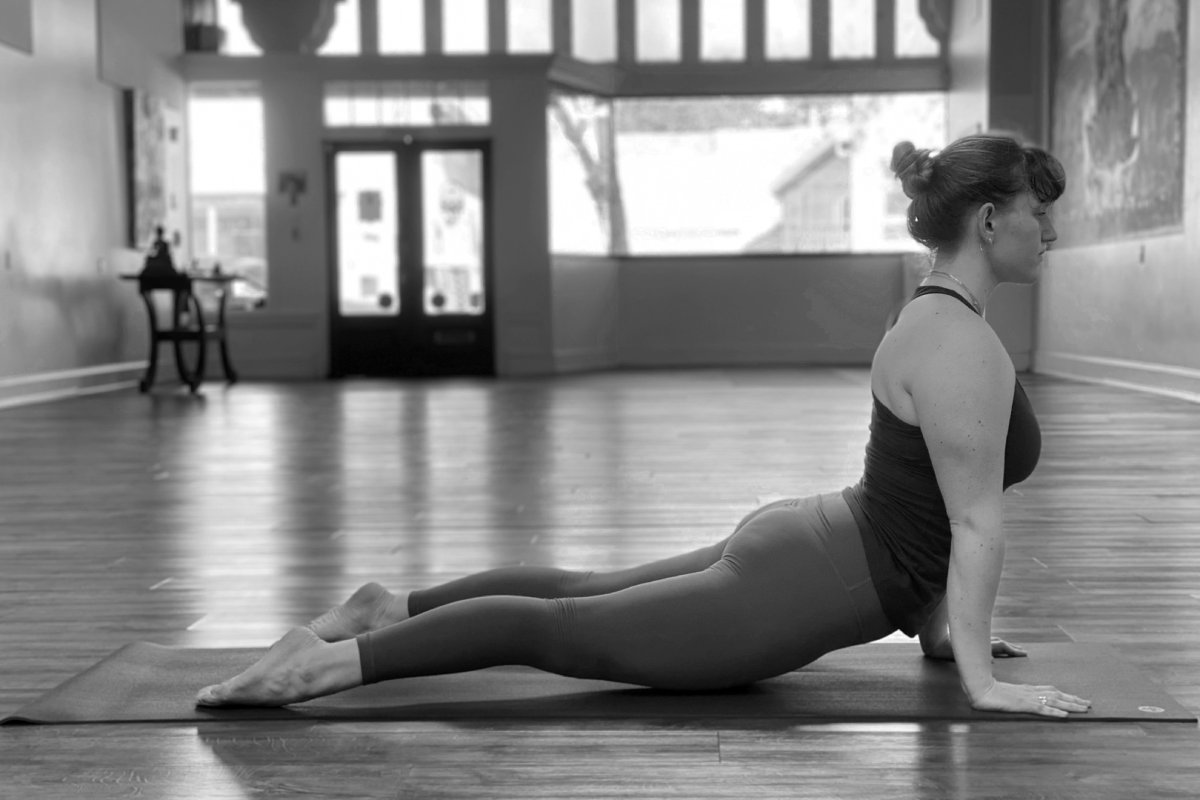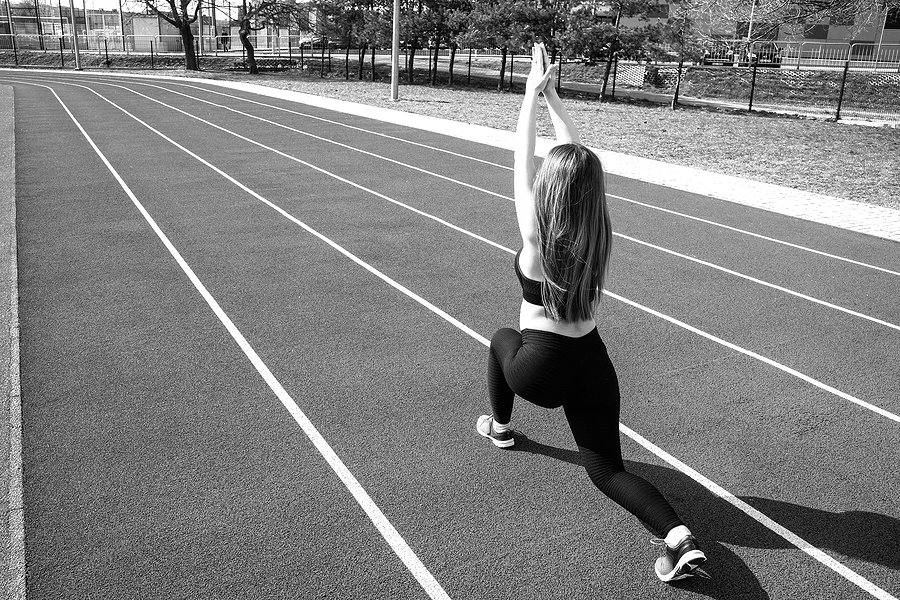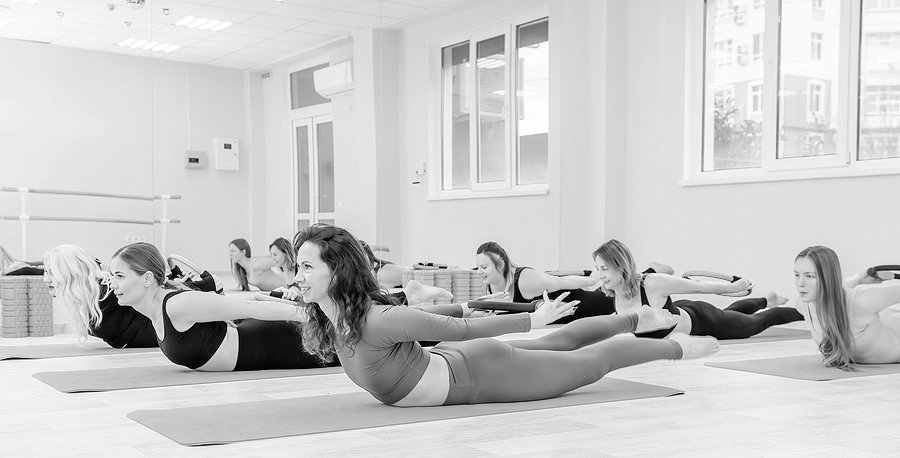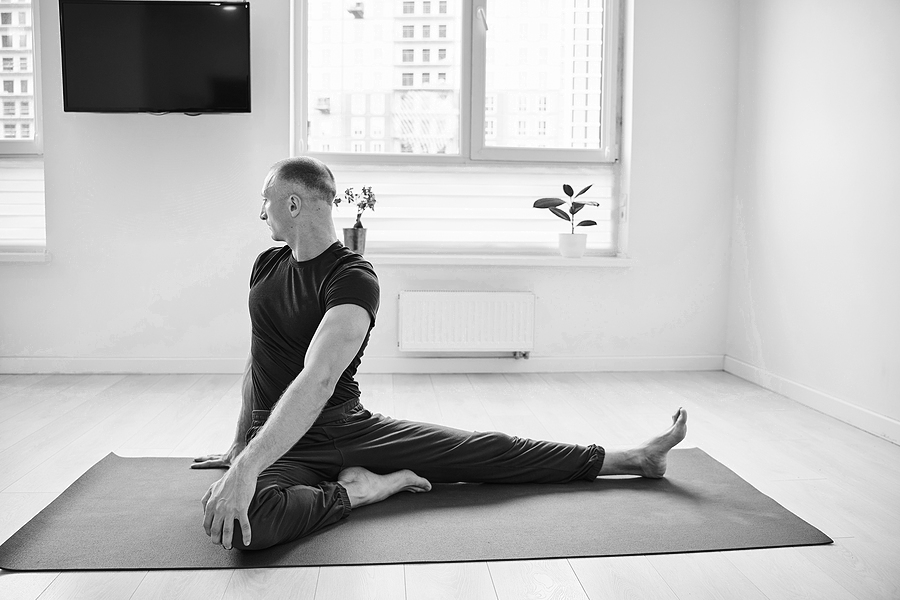7 Benefits Of Hot Yoga
October 14, 2022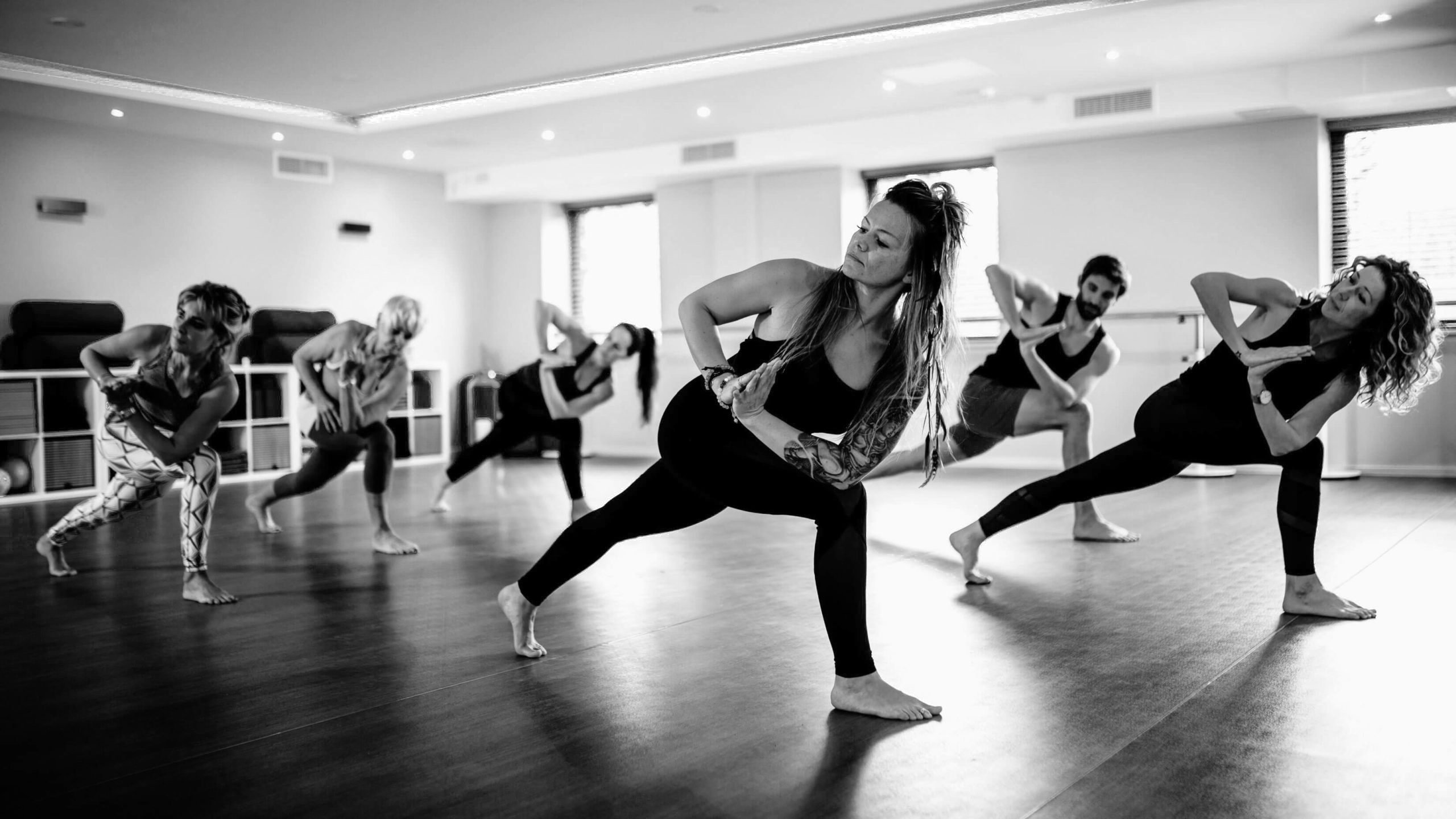
Yoga is a great way to exercise and practice strength, flexibility and balance. There are many forms of yoga you can choose from, although some may be better for you specifically than others. Hot yoga is done in a hot and steamy environment and is good for those wanting something more intense.
Hot yoga is fantastic for relaxing the mind and giving yourself something to focus on while you de-stress, but it is also great for your body. The heat provides a more intense environment, which makes your heart and lungs work harder for a full-body workout.
The breathing techniques used in yoga can help train your lungs and increase their capacity. This keeps them healthy and allows more oxygen to enter your bloodstream. Using controlled breathing during hot yoga can help this further and potentially lead to better lung health.
This also applies to your heart, as well. The heat of the room makes your heart work faster, which can possibly help improve overall heart health and also boost your metabolism.
While yoga also helps burn calories, hot yoga in particular burns more calories due to the environment in which you are exercising. More sweat is released in the hot, steamy environment, your body is working harder at regulating your temperature, therefore burning more calories.
Hot yoga is also amazing for de-stressing. The focus and discipline required when doing yoga can help ease your mind and draw attention away from any anxieties and worries you may have.
This makes it great for relaxation and can help boost mindfulness and reduce negative emotions and feelings. Regular sessions can provide long-lasting results and give you a space to clear your mind and relax.
This also aids in relieving symptoms of anxiety and depression as it allows you to focus on mindfulness and meditation, which can both aid in reducing feelings of depression and anxiety.
Looking for hot yoga classes in Marlow? Visit Pila Yoga today!
